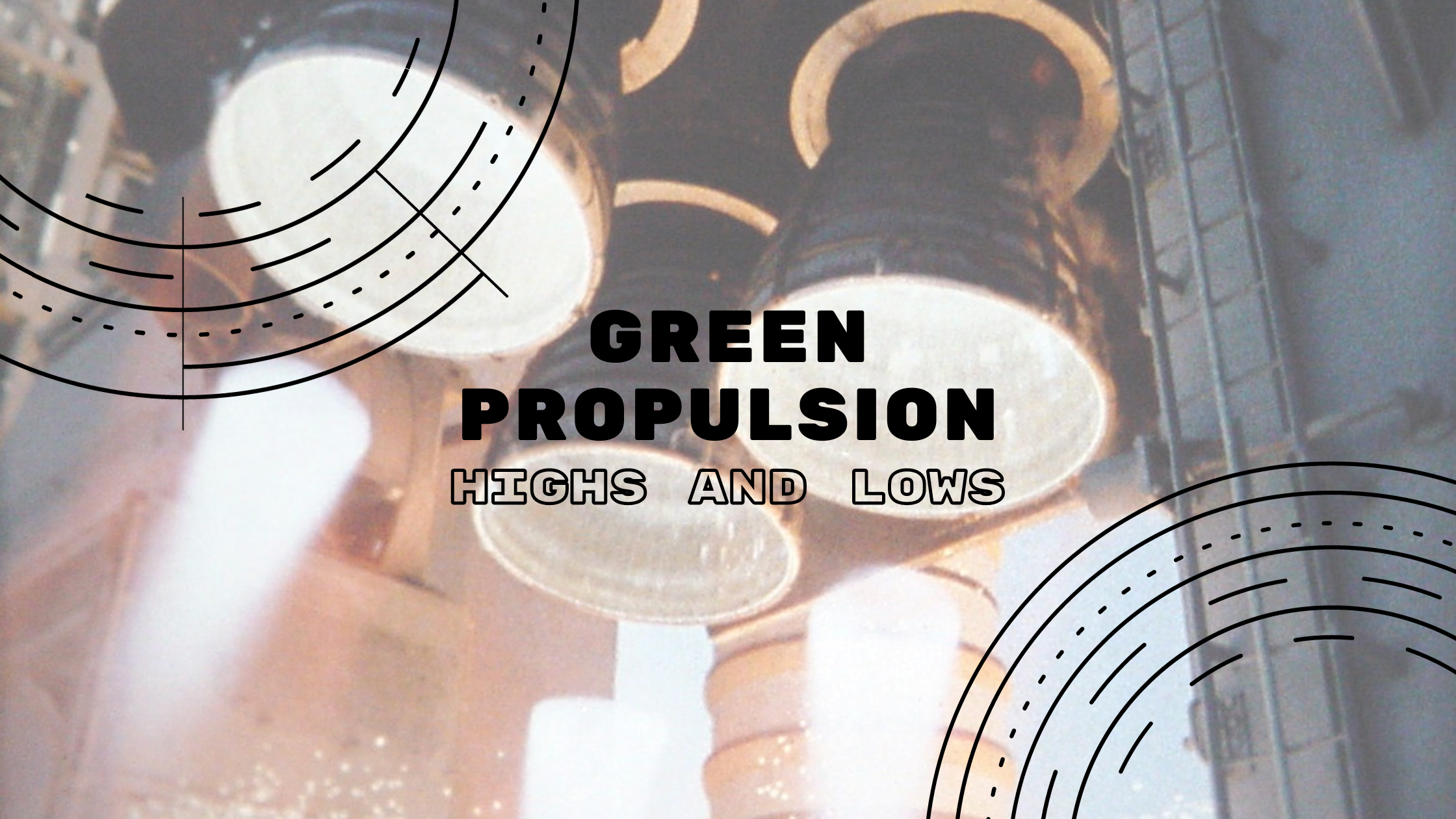Within the ever-changing realm of aerospace engineering, the pursuit of environmentally conscious propulsion options has emerged as a dynamic force. As we stand at the intersection of innovation and environmental responsibility, this article delves into the transformative realm of green propulsion, exploring its multifaceted aspects, weighing the pros and cons, and unraveling the delicate equilibrium between sustainability, costs, and efficiency within the aerospace industry.
Types of Green Propulsion
The aviation industry is experiencing a paradigm shift, with a concerted focus on developing propulsion technologies that minimize environmental impact. Electric propulsion, hybrid systems, and alternative fuels are emerging as frontrunners in this revolution.
Sustainable Aviation Fuel (SAF): often derived from bio-based feedstocks or synthesized through sustainable processes, SAF presents a promising avenue to reduce the carbon footprint of aviation, which, according to the European Commission, constitutes over 2% of global greenhouse gas emissions. Different materials are being explored to create SAF, including animal manure, food waste, corn stover, and carbon-rich waste gasses. Challenges, however, include variations in emissions reductions based on biomass sourcing: palm oil-based SAF, for example, has 24 times higher emissions than switch grass-based fuel due to deforestation.
Electric propulsion: electrically powered aircrafts, whether through hybrid systems or fully electric ones, are gaining traction for their potential to significantly reduce emissions. For instance, the Eviation Alice aircraft is an all-electric nine-seater commuter plane. The advantages lie in lower operating costs and reduced emissions, but the weight of batteries and their limited capacity remain a hurdle, impacting aircraft efficiency and range.
Hydrogen-powered engines: hydrogen is emerging as a transformative fuel for aviation. ZeroAvia, a company at the forefront of hydrogen-electric aviation, is developing hydrogen fuel cell powertrains for regional aircraft. Hydrogen offers high energy density and emits only water vapor when burned. The challenges of hydrogen engines include the significantly lower volumetric density of hydrogen, requiring four times more onboard volume than jet fuel, as well as the logistical complexities associated with safely transporting, storing, and refueling aircrafts, necessitating stringent safety regulations and infrastructure adaptations at airports worldwide.
The balancing act of efficiency, costs, and sustainability
Navigating the complex landscape of aviation’s transition to a greener future involves a critical consideration: why does sustainability frequently take a backseat to cost and efficiency concerns, despite being a fundamental priority?
Sustainability, as the main goal, implies a fundamental reevaluation of how we approach aviation. It recognizes that the most sustainable choice, at its core, involves a significant reduction in air travel. While this acknowledgment aligns with the urgent need to address climate change and environmental impact, it also poses a substantial challenge within an industry that functions as a vital global connectivity lifeline. Achieving this balance, where sustainability takes precedence, becomes a paramount but complex task.
Green propulsion technologies represent significant strides towards a more sustainable aviation industry. SAF, for instance, can be seamlessly integrated into existing aircrafts, reducing emissions without necessitating a complete overhaul of the fleet. Electric propulsion systems, despite battery weight challenges, offer efficiency gains and reduced reliance on fossil fuels. Hydrogen-powered engines promise extended ranges and efficiency improvements, all with sustainability in mind. However, the economic considerations often overshadow sustainability. SAF, although a promising alternative, faces challenges related to its regulated certification, making it four times more expensive than traditional jet fuel. Electric propulsion systems, while showing long-term cost savings in maintenance and fuel expenses, grapple with expensive battery technology. Hydrogen, with its high energy density potential, necessitates substantial investment in infrastructure.
The aviation industry’s reluctance to prioritize sustainability over cost and efficiency stems from a delicate equilibrium between environmental responsibility and economic viability. Despite the urgent need for sustainable practices, airlines often operate within tight profit margins, making the immediate economic bottom line a more pressing concern. In essence, while the aviation industry recognizes the importance of sustainability, it is still in the process of fully integrating it as the primary goal. This transition is not just a technological shift; it requires a cultural shift, a collective acknowledgment that sustainability is not a choice but an imperative for the future of aviation and our planet. The delicate balance between cost, efficiency, and sustainability must ultimately tilt in favor of the latter, fostering an industry where environmental responsibility takes center stage in our journey towards greener skies.

